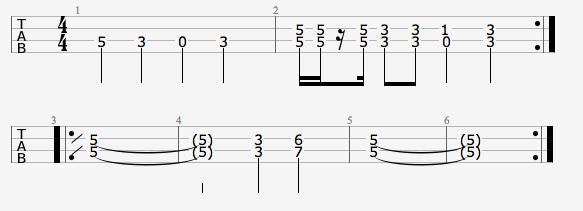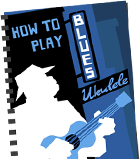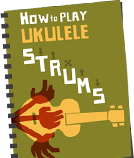There’s a new episode of my favourite travelogue Matt Kresling’s Madagascar Journals. This time he learns a Malagasy song on his ukulele, chooses between a girl and an exploding mountain and objects to a zebu being sodomised.
This year’s America’s Got Talent was won by 12 year old ukulelist Grace VanderWaal.
Ukulele Go! reviewed my How to Play Blues Ukulele ebook and was very kind:
This is a great ebook that I’d definitely recommend even if you have a passing interest in playing the blues on your ukulele. I wouldn’t particularly consider myself a big blues fan but I got (and still get) a lot from the book. It’s so packed with information and ideas that I think pretty much everyone will find something useful here. A definite buy recommendation from me!
Pictures
– Edna Marion.
– Two sad mice.
– Blue Booby Boogie.
– Tommy Purcell’s signed ukulele.





